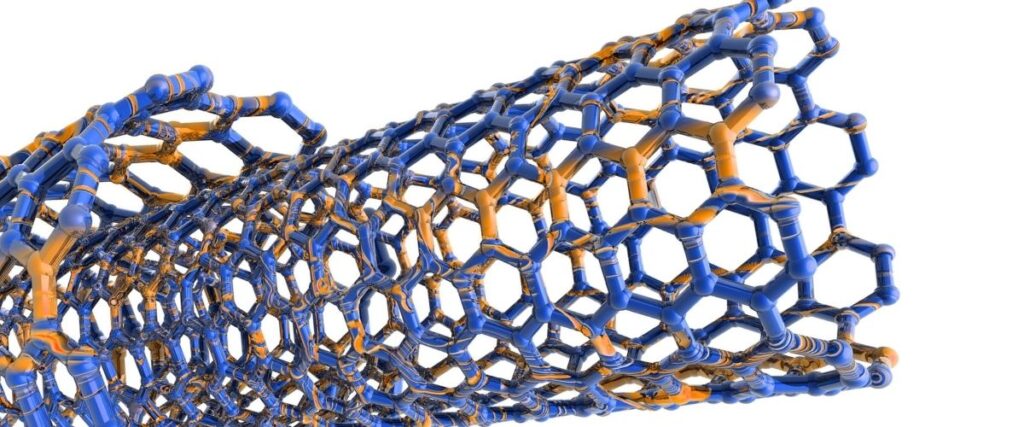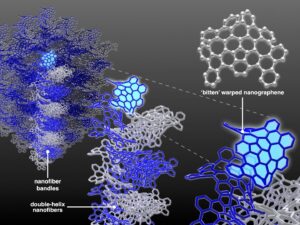
Carbon Nanofiber
What are Carbon Nanofibers?
Carbon Nanofiber are vapor grown carbon fibers, or vapor grown carbon nanofibers are cylindrical nanostructures with graphene layers arranged as stacked cones, cups or plates. Despite their microscopic size, they possess high mechanical and chemical properties. They are considered as promising materials in different disciplines like electrical and electronics devices, electrode material for batteries, supercapacitors and as the sensor. They have great dimensional stability maintaining the excellent thermal and electrical conductivities as they are thermally treated after various polymers undergo electrospinning.


Carbon Nanofiber are a synthetic filamentous carbon nanostructured material of a graphite nature, whose properties provide advantages in different fields of application such as catalysis or composite materials. This structure is determined by graphene laminates that form fibers of diameters of 3 to 100 nm and lengths that vary between several hundred nanometers and microns, which sometimes have a gap inside. Due to their low cost and unique properties carbon nanofibers are increasingly used as additives in various materials.
This material can be produced by catalytic decomposition of a carbon atom carrier gas (methane or ethylene) into transition metals (nickel, cobalt, or iron). Its diameter and internal structure will be determined by the specific characteristics of its synthesis process, where the shape of the catalytic particles and the composition of the catalyst, the temperature of the synthesis, the composition and the flow rates of the mixture of gases stand out.
Learn More About Carbon Nanofibers
Advantages of Carbon Nanofibers
- Good resistance to both acidic and basic media.
- Structural stability at high temperatures.
- Relative flexibility in the distribution of pore sizes.
- Controllable surface chemical properties.
- Easy recovery of the active phase by burning carbon.
- They have high mechanical resistance characteristics.
- They have electrical and thermal conductivity. They have unique thermal properties and electrical shielding.
- Ability to deform reversibly under the action of different load types without failing.
- Low cost
Applications of Carbon Nanofibers
The main application of carbon nanofibers is their use as a fuel cell electro-catalyst support. These devices convert the chemical energy of a fuel into electrical energy in a very efficient way.
The use of carbon nanofibers for this process has brought with it many advantages, such as improving the diffusion of reagents and products, thus contributing to the increase of electronic activity and raising the metal-support interaction.

